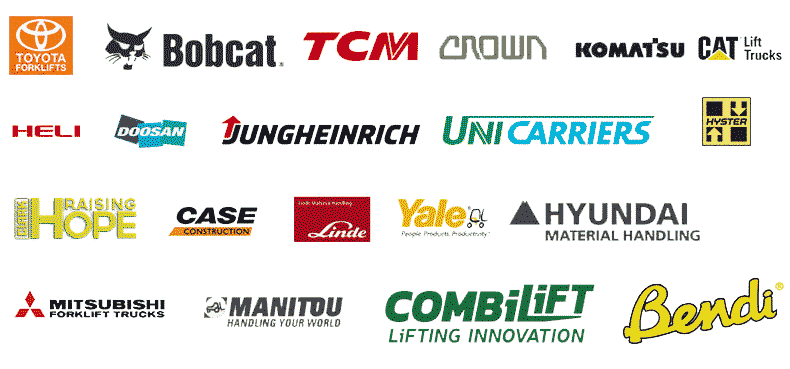24-hour hotline:+8613662168047
Keyword search: battery plant , lithium battery factory , power bank works , lifepo4 battery mill , Pallet Trucks LiFePO4 Battery, LiFePO4 Pallet Trucks Battery, Lithium Pallet Trucks Battery,
1. Structure of lead-acid batteries
The positive electrode material of lead-acid batteries (VRLA) is mainly composed of PbO2, the negative electrode material is mainly composed of Pb, and the electrolyte is usually dilute sulfuric acid. In the discharge state of lead-acid batteries, the important component of the positive electrode is lead dioxide, and the important component of the negative electrode is lead; Under charging state, following the rule of bisulfate reaction, important components of both positive and negative electrodes are generated with lead sulfate (PbSO4) grains. The nominal voltage of a single cell lead-acid battery is 2.0V, which can discharge to 1.5V and charge to 2.4V. In applications, six single cell lead-acid batteries are often connected in series to form a nominal 12V lead-acid battery. There are also 24V, 36V, 48V, etc. The theoretical specific energy is 166.9Wh/kg, while the actual specific energy is 35-45Wh/kg. Due to the conductivity of the electrolyte, high current charging is not allowed during self discharge and charging of lead-acid batteries. Therefore, the charging of lead-acid batteries is generally limited to below 0.3C.
The production process of lead-acid batteries is relatively mature. Although many companies have made many innovations and breakthroughs in the preparation process of positive and negative electrode materials, there is no fundamental innovation and breakthrough in the basic technology of using materials. Based on the improvement and innovation of the preparation process, the storage capacity, self discharge performance, and charging resistance of lead-acid batteries have been improved to a certain extent. But there has been no qualitative change. The materials used in lead-acid batteries themselves pose a certain risk of environmental pollution. In the complex operating conditions of low-speed electric vehicles, there is a high possibility of electrolyte leakage or other situations that can cause the positive and negative electrode materials in lead-acid batteries to leak into the environment, causing certain pollution to the environment.
At present, the preparation of lead-acid batteries is relatively complete from upstream lead ore and various processing industry chains, with sufficient competition. In addition, the technological maturity of the industry development, including the high localization rate of industrial equipment, makes the product price relatively low. Therefore, it has a cost advantage when used in low-speed electric vehicles.

Lithium Batteries ,Ensure Quality
Our lithium battery production line has a complete and scientific quality management system
Ensure the product quality of lithium batteries

Years of experience in producing lithium batteries
Focus on the production of lithium batteries

WE PROMISE TO MAKE EVERY LITHIUM BATTERY WELL
We have a comprehensive explanation of lithium batteries


QUALIFICATION CERTIFICATE
THE QUALITY OF COMPLIANCE PROVIDES GUARANTEE FOR CUSTOMERS
MULTIPLE QUALIFICATION CERTIFICATES TO ENSURE STABLE PRODUCT QUALITY
Providing customers with professional and assured products is the guarantee of our continuous progress.




Applicable brands of our products


 Service hotline
Service hotline